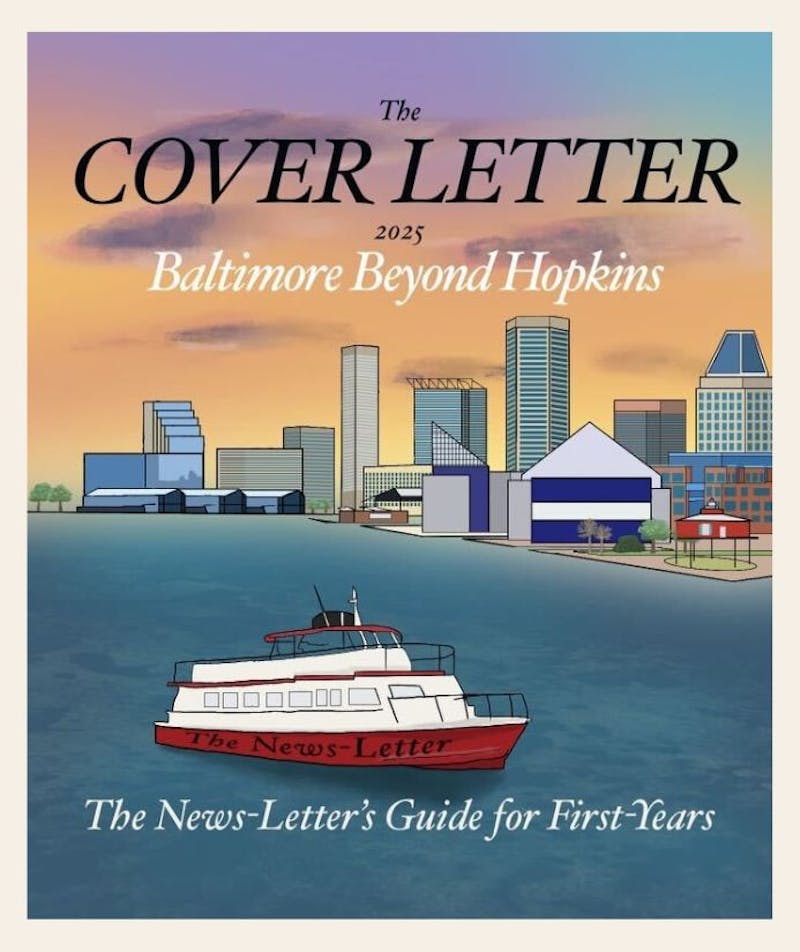Discussing the U.S. government’s actions and policies in the Middle East is tough. People get uneasy, emotional and defensive. It becomes difficult to stand your ground and avoid coming across as either an American apologist or an anti-American zealot. Perhaps a conspiracy theory or a distasteful tirade gets thrown into the mix. Chances are someone is going to get angry.
As an American studying abroad in the region, I have been exposed to and have participated in such conversations on a frequent basis. At times I have been overcome with frustration if not disgust, and at times I have felt reassured by the civility of the participants. It is simply one of those topics where it is all too easy to leave the world of facts and objectivity for something more feral.
One of the main reasons why this issue deserves thorough reflection is because the U.S. has played such a dominant role in Middle Eastern affairs for such a long time. In most capital cities the American embassy is an imposing structure, often dwarfing those of other countries. American military bases, especially in the Persian Gulf countries, are host to tens of thousands of servicemen and maintained at a cost of untold billions.
The U.S. presence is not particularly subtle, and on occasion the American government has intervened with brute force such as during Saddam Hussein’s invasion of Kuwait in 1990. Of course, the more recent U.S.-led invasion of Iraq in 2003 fueled the rage of critics who contend that the Americans will defend their regional interests at any cost.
Even though the Obama administration has carried out a more reserved foreign policy, emphasizing diplomacy and cautiously assessing the Arab Spring, the Middle East remains one of his top priorities. In March, for instance, newly appointed Secretary of State John Kerry visited Egypt and several Gulf states. In his first trip abroad since his re-election, President Obama visited Israel, the West Bank and Jordan. Admittedly, this is an extraordinary time for the regimes and populations of the Middle East, but the fact remains that Washington, D.C. is wholly invested in the outcomes and predicaments of the area.
Intense American pursuit of aims such as securing access to oil, defending the State of Israel with remarkable consistency, and battling threats of terrorism have naturally had some negative consequences. An opinion poll conducted by the Arab Center for Regional and Policy Studies showed that after Israel, respondents from a number of Arab nations believe that the United States is the second-largest threat to their country’s security.
Anti-Americanism has and will remain a powerful tool for recruitment by radical organizations across the Middle East. Because America is the “big kid on the block,” its missteps are magnified and it is an easy target for criticism. The virtually omnipresent nature of American culture in the Middle East has the potential to exacerbate these tensions further. This also means that good deeds such as substantial foreign aid to education and civil society may be overlooked.
To an extent, one cannot blame Middle Easterners for looking suspiciously on as the U.S. continues to assert itself as the regional hegemon. It has not always been a fair relationship, and the locals have not always received adequate consideration. But when the discussion is cheapened by insensitive remarks and grandiose notions of American imperialism it tends to ferment bigotry on all sides. The scope of U.S. involvement in Middle Eastern affairs necessitates an open conversation which should not devolve into name-calling but should rather depend on even-handed assessments of this crucial subject.
Bayly Winder is a junior Political Science major from Princeton, N.J. He is the Middle East columnist for The News-Letter.




